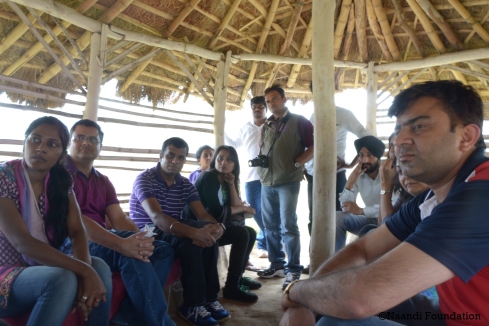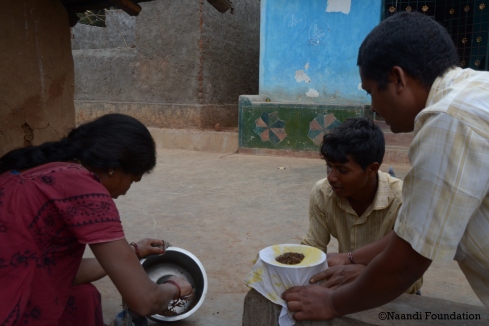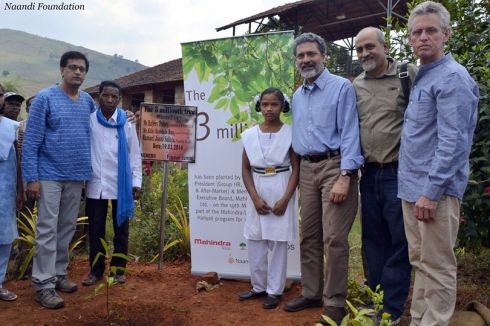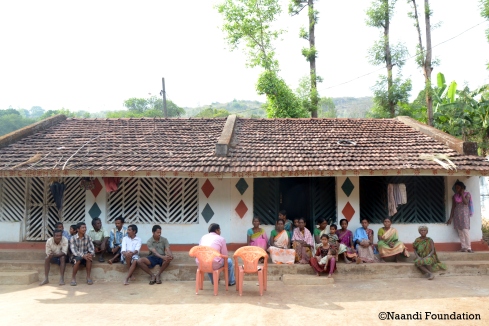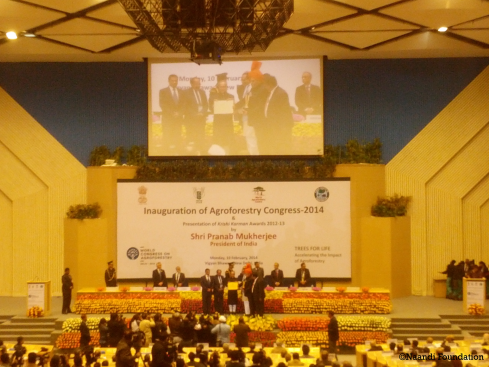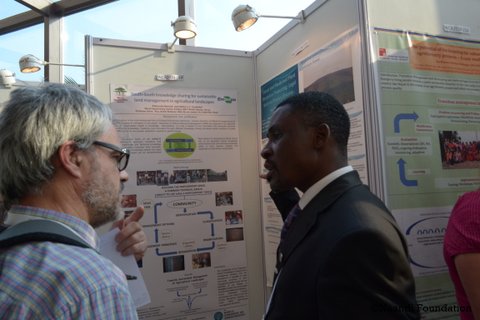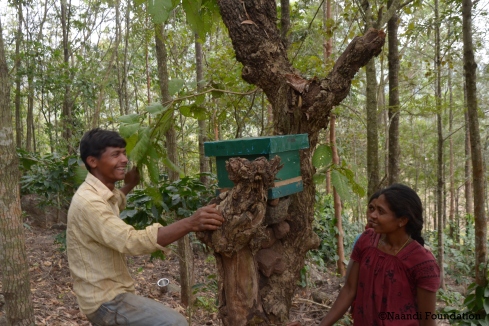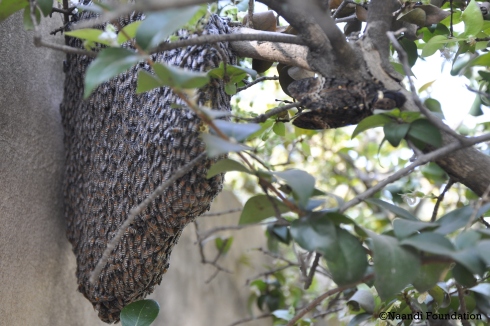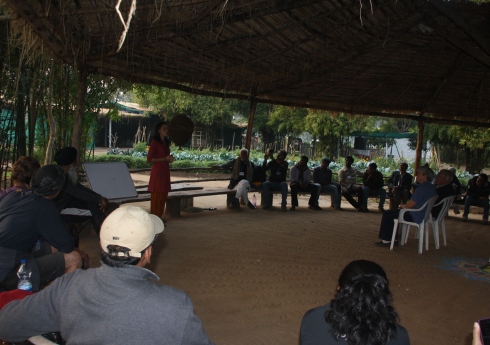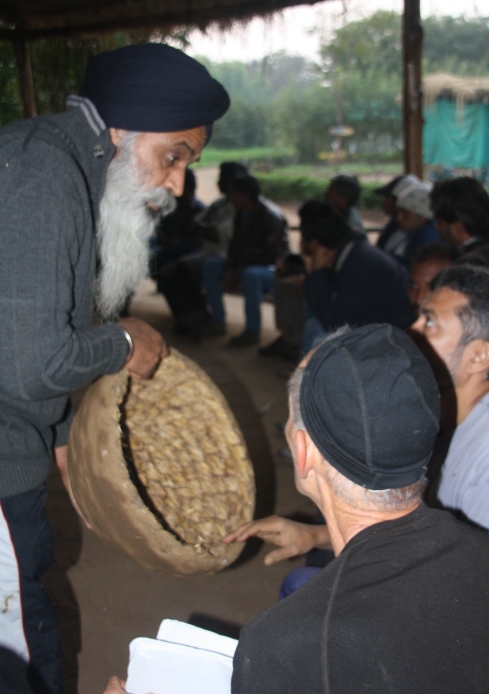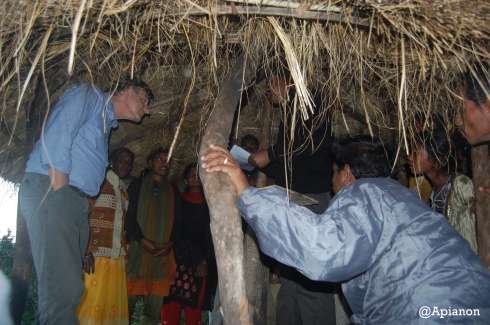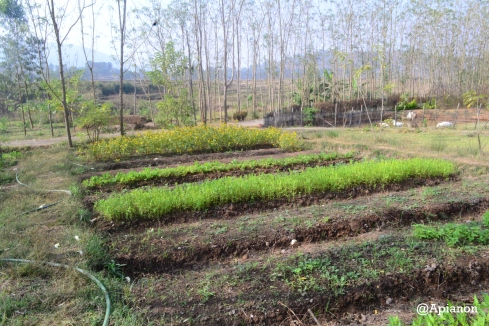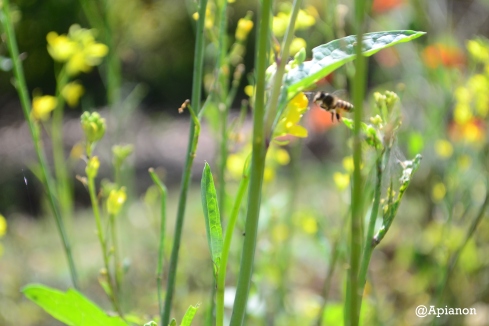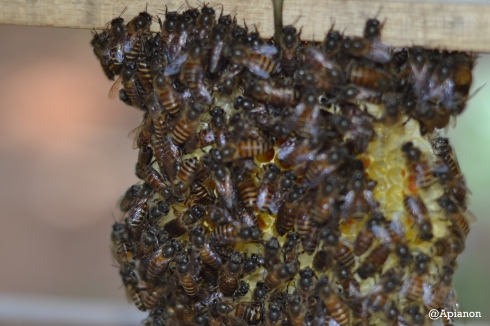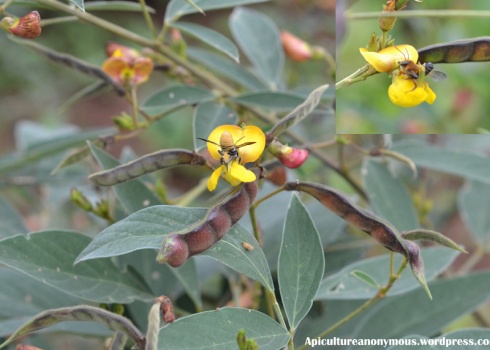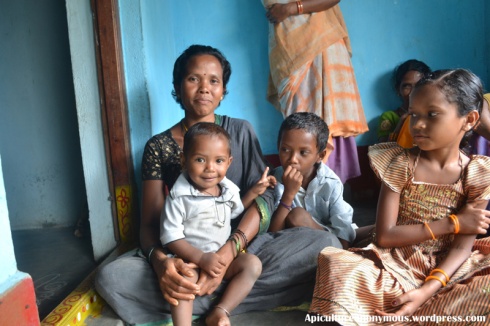We have selected 5 insightful TED talks on Honeybees, from beekeepers to scientists, all bee lovers, and all speaking about the importance of the honey bees. By watching these 5 short videos, you will learn about their origins, their relationship with human, why they are disappearing and how you could help them.
John Miller: No bees, No food – March 2014
John Miller is a commercial beekeeper who you might have caught a glimpse of in the documentary ‘More than honey.’ His grandfather was making his living by selling honey, but times have change and Miller makes his living not by selling honey any more but by offering the service of pollination. He travels with his 12,000 colonies all over USA and pollinates fields. This unique approach makes him standout among a crop of commercial American beekeepers. He is telling us more in this TED talk:
Marla Spivak: Why bees are disappearing? – September 2013
This TED talk is led by Marla Spivak, a distinguished McKnight University Professor in Apiculture and Social Insects. She is explaining us how bees are disappearing due to diseases and parasites, pesticides, monoculture and a flowerless landscape devoid of any biodiversity. It’s no secret that the honeybee population is on the decline and the main reason for this is the change in our farming practices. For example, we stopped planting cover crops and start using chemicals fertilizers. Monocultural practice and relentless use of fertilizer and weed killer have ensured that our landscape is gradually turning into a desert for bees.
Dino Martins: The human and the honeybees – June 2013
“Both honeybees and humans originated in East Africa and the connection between us has survived the ages.”
Dino Martins, entomologist and teacher at Turkana Basin Field school and explorer at National Geographic gives us a short but really fascinating talk. He shows how insects and in particular honey bees are connected to human beings. Showing examples of bees pollination all over the world and their importance for the livelihoods of people.
Noah Wilson Rich: Every city needs healthy honey bees – April 2013
This TED talk is done by Noah Nilson Rich, Doctorant in Biology and founder of Best bees, a company which delivers, installs, and manages honey bee hives for residents and businesses throughout eastern Massachusetts. He promotes urban bee keeping and its benefits. Imagine all roof tops everywhere, creating food crops in the city.The pilot project started in Paris and it is now catching on all over the world.
Dennis Vanengelsdorp: Where have the bees gone? – December 2008
Dennis Van Engelsdorp, assistant Professor in the department of entomology at the University of Maryland was one of the early advocates of the health of honey bees and has spoken extensively about bees disappearing and what could be the root cause of this problem. Yearly, around 30% of the population of bees vanish in America. After spending time with local and commercial beekeepers, he goes through all the possibilities of why and where the bees could have gone.

